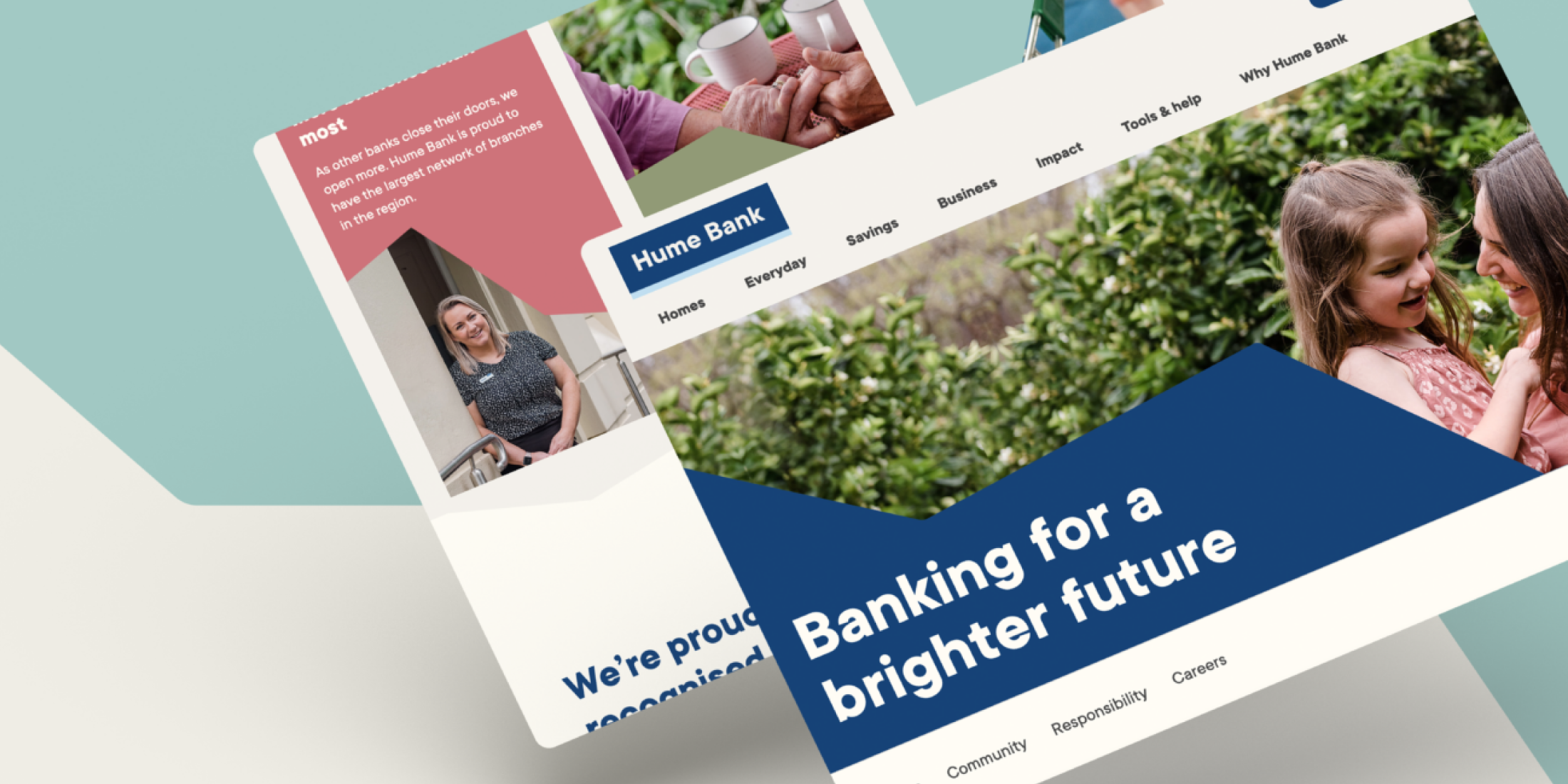Today’s banking and finance world sees marketing as a key player in defining the growth of financial institutions. Whether it’s a large-scale multinational or a local community bank, robust marketing strategies are essential to navigate the competitive landscape. This discussion explores various marketing strategies tailored for banks, focusing on the unique needs of banks in Australia and the effectiveness of digital marketing.
Marketing strategies for banks and financial institutions
Banks and financial institutions typically utilise a range of marketing strategies to attract and retain customers. These strategies often blend traditional methods like print and broadcast advertising with digital marketing tactics such as social media campaigns and search engine optimisation (SEO). While each bank must choose the right mix of strategies that align with its brand identity, customer base and business goals, larger banks often have the resources to implement broader marketing campaigns, leveraging larger budgets to achieve results.
In contrast, smaller institutions need to focus on niche marketing, targeting specific demographics or specialising in particular services and segments to compete effectively with larger banks. By tailoring their marketing efforts, smaller banks can connect with audiences that have unique needs or preferences, offering more personalised services that may be overlooked by larger competitors.

Hume Bank’s recent rebrand and digital refresh highlights their commitment to the regional areas they service, strengthening their presence as a trusted community-owned bank.
Marketing for community banks
Community banks face the unique challenge of competing with larger institutions while operating with more limited resources. For these smaller banks, marketing strategies need to be both cost-effective and personable.
A strategically designed website is a vital asset in this effort. It serves as the digital face of the bank, offering customers easy access to services, enhancing credibility and creating a personalised user experience that reflects the bank’s local focus. While emphasising a digital presence may seem contrary to a community bank’s desire to highlight its local presence, it ultimately enhances the bank’s reach, providing convenience for customers while reinforcing the bank’s role as a trusted institution.
An effective website allows community banks to compete on a level playing field, providing online tools and resources that can rival those of larger institutions while maintaining a close connection with their customer base.
Community storytelling
Sharing personal stories and customer testimonials can be a powerful way to showcase a financial institution’s positive impact on local individuals and businesses. These stories often feature real people from the community – familiar faces that customers know, creating a deeper, more authentic connection. By highlighting real experiences, this approach fosters trust and strengthens the bank’s local brand, making it more relatable and aligned with the community’s values and needs.
Community banks can further amplify their presence by engaging with local media, participating in events and forming partnerships with local businesses, deepening their connection to the community. All of this can be showcased on a website to make the information easily accessible while providing a central platform for sharing stories and highlighting the bank’s contributions.
If you’re looking for help from a marketing agency for banks and financial services, get in touch with our team.
Affiliate marketing for banks
Affiliate marketing is another strategy banks can employ, involving partnerships with individuals or companies (affiliates) who promote the bank’s products and services in exchange for a commission on sales or referrals.
As part of this, banks may partner with financial bloggers, influencers or comparison websites to reach a broad audience. This strategy can be particularly effective for promoting specific market-leading products that are known for their competitive distinction, helping to attract a larger audience through affiliate promotions.

Testing a new product online can be highly effective due to analytics and data on CPC, CPL and CPA.
Online marketing for banks
Online marketing offers banks the opportunity to reach a wider audience at a lower cost than traditional marketing methods. A key aspect of online marketing is finding and promoting products to niche markets and segments. For example, banks that offer a unique term deposit or a home loan feature can use online marketing to target audiences that may be specifically interested in these products.
Search engine marketing (SEM), including both SEO and paid search advertising, can be particularly effective for this. By optimising a website design and content for specific keywords, banks can attract customers actively searching for these services.
Additionally, targeted online ads can reach new audiences based on demographics, interests and online behaviours that align with a bank’s niche offerings. This ensures that the bank’s offerings are visible to potential clients at the exact moment they’re researching or comparing financial products, maximising the likelihood of conversion.
Social media platforms provide a dynamic space for banks to amplify their marketing strategies. By crafting compelling content that highlights key product features, banks can engage directly with their audience, build relationships, and drive traffic to their websites. Social media’s visual nature makes it ideal for leveraging video content, infographics and interactive posts, which are especially effective in catching attention and simplifying complex financial information. These tools help banks communicate their offerings in a relatable way, fostering deeper engagement with customers on platforms they use daily.
Email marketing for banks
Email marketing remains a cornerstone of the digital marketing strategies used by many banks. It offers a direct line of communication with customers and prospects, allowing banks to send personalised, relevant content. This could include information about new services, changes to existing products, financial tips or industry news.
The key to successful email marketing is segmentation and personalisation. Banks can micro-segment their email lists based on customer behaviour, product usage and demographics, tailoring their messages to meet the specific needs and interests of each segment. For instance, customers with a history of holding a mortgage might receive emails about home loan refinancing options, while younger customers might get tips on savings and budgeting.
Regular newsletters, transactional emails and triggered email sequences based on customer actions can all be part of an effective email marketing strategy. However, it’s important for banks to maintain compliance with privacy and anti-spam laws, ensuring that customers have opted in to receive emails and can easily unsubscribe if they wish.